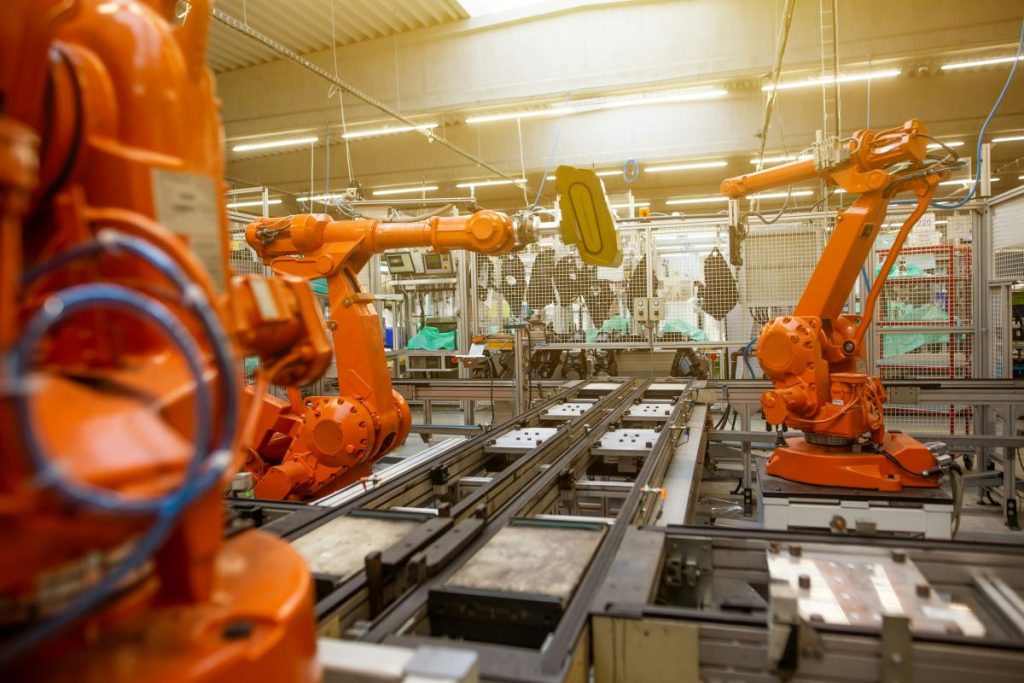Industry 5.0, often referred to as “human-centric industry,” is revolutionizing the manufacturing sector by blending advanced technologies like artificial intelligence (AI), robotics, and automation with the essential role of human workers. As manufacturers look to achieve Industry 5.0 goals by integrating smart technologies, they are tackling challenges such as sustainability, supply chain disruptions, and workforce shortages.
The Role of AI and Predictive Maintenance in Industry 5.0
AI and machine learning are central to Industry 5.0, enabling predictive maintenance, which improves operational efficiency and reduces downtime in smart manufacturing. Predictive maintenance, powered by AI, allows manufacturers to anticipate equipment failures before they occur, ensuring uninterrupted production and reducing costly repairs. Currently, only 8% of manufacturers have adopted predictive maintenance strategies, but this is set to change drastically, with over 76% of maintenance managers planning to shift to predictive or proactive maintenance, according to a recent report by Fluke Reliability.
Current Industry 5.0 Adoption Trends
The transition to Industry 5.0 is already underway, with over a third of manufacturers working on smart manufacturing projects expected to be completed within 10 months. AI is a top priority for manufacturers in 2024 and beyond, as a staggering 93% of industry leaders confirmed that AI adoption is a critical focus, as highlighted in the same Fluke Reliability survey. These investments in AI technologies, including predictive maintenance, machine learning, and automation, aim to address macro-economic challenges, skills shortages, and sustainability concerns.
Why Manufacturers Are Prioritizing AI in 2024
Key reasons why AI is a priority for manufacturers in 2024:
- Increased efficiency through predictive maintenance.
- Reduction in downtime and unexpected equipment failure.
- Meeting sustainability goals with optimized resource use.
- Combating labor shortages by automating repetitive tasks.
With 44% of their budget allocated to AI technologies, manufacturers are embracing the benefits of AI, ranging from improved operational efficiency to long-term sustainability.
How to Overcome Industry 5.0 Adoption Challenges
Manufacturers face various challenges such as supply chain disruptions, labor shortages, and sustainability demands. However, overcoming these challenges in Industry 5.0 is possible by following key strategies:
- Starting small: Begin with manageable projects to prevent overwhelming teams.
- Demystifying AI: Invest in AI training for teams to better understand its potential.
- Scaling up: Once initial projects prove successful, gradually expand AI integration across operations.
By embracing these strategies, manufacturers can smoothly transition into the new era of Industry 5.0, ensuring that both human-centric goals and technology-driven efficiencies work in tandem.







